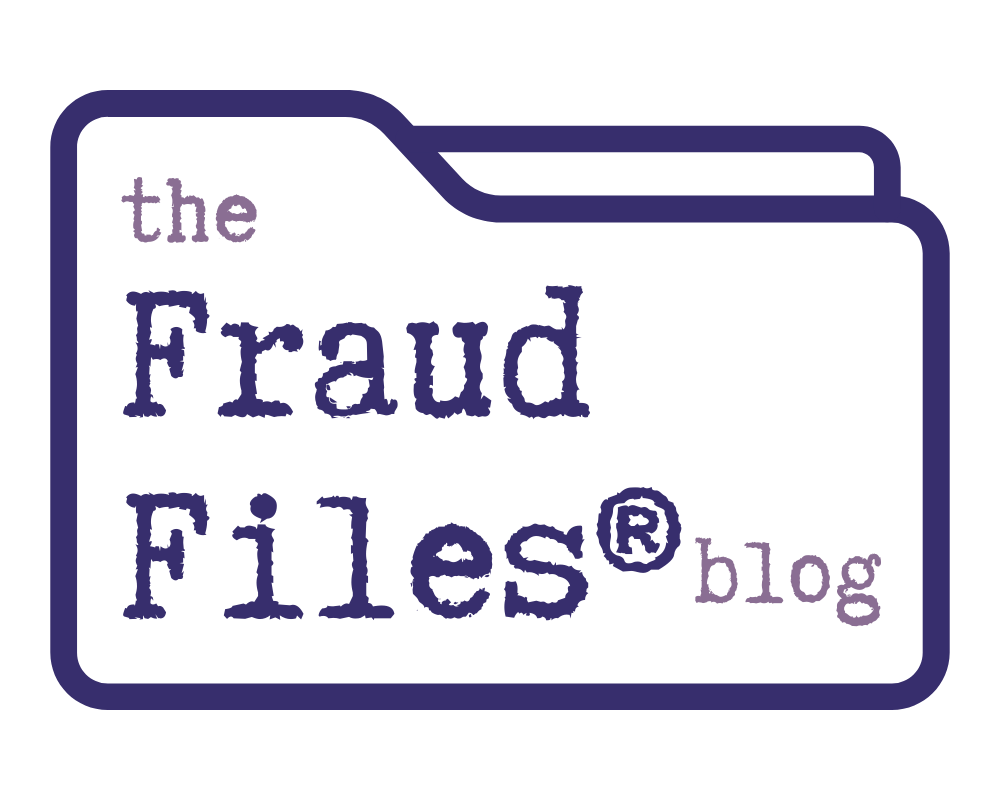 When investigating fraud, I often find it useful to perform analytical review on the financial statements of a company. Even when management is certain that they know where the fraud occurred within the accounting system, analytical review can help identify unsual things about the numbers that may warrant further investigation.
When investigating fraud, I often find it useful to perform analytical review on the financial statements of a company. Even when management is certain that they know where the fraud occurred within the accounting system, analytical review can help identify unsual things about the numbers that may warrant further investigation.
Ratio analysis and analytical review procedures are very familiar techniques for financial statement auditors. While analytical procedures may seem elementary, they can be very important in giving clues to areas of the financial statements that may contain fraud.
Analytical review involves comparing changes in numbers between accounting periods (horizontal analysis) and the relationships between certain financial statement line items (vertical analysis). The numbers for a business typically have certain predictable patterns, and when the financial results fall outside those parameters, it may be cause for concern.
Typical sets of data to be compared during analytical review can include:
- Current period figures versus prior period numbers. Commonly, this year is compared to last year, and potentially also years before that.
- Actual financial results compared to budgeted or projected figures compiled before that accounting period. How do actual results compare to management’s estimates before the accounting period?
- Company data compared to operational facts. For example, if production went up, did revenue and accounts receivable increase by reasonable amounts?
- Company data compared to industry data. Look for unusual deviations from similar companies, potentially indicating fraud or manipulation of financial statements. For example, a company that has much higher profitability than similarly situated companies in the industry might be cause for concern.
- Numerical data compared to notes to the financial statement. Do the explanations in the notes and the actual numbers make sense?
Vertical analysis should be completed with respect to line items on the financial statement as a percentage of other line items. One typically predictable relationship occurs between revenue and cost of goods sold. A business will have a normal percentage of cost of goods sold to revenue. Some financial statement line items rise and fall in relation to revenue, and those patterns should be examined carefully. Balance sheet items are analyzed in this way as well, often by comparing liabilities and assets, comparing certain assets to total assets, and so on.
Period-to-period changes should also be examined via a horizontal analysis, and the dollars should be compared, as well as the percentage change between periods. Any significant jump in either of these figures should merit further scrutiny.
When doing an analysis like this, the fraud investigator should turn up a normal level of professional skepticism. She or he should be specifically looking for things that don’t make sense or that represent an unusual change or shift. Of course, there are normal variations in numbers in any business, and that should be considered when analyzing the financial statements. In this analysis, items that fall outside normal variances should be emphasized.



